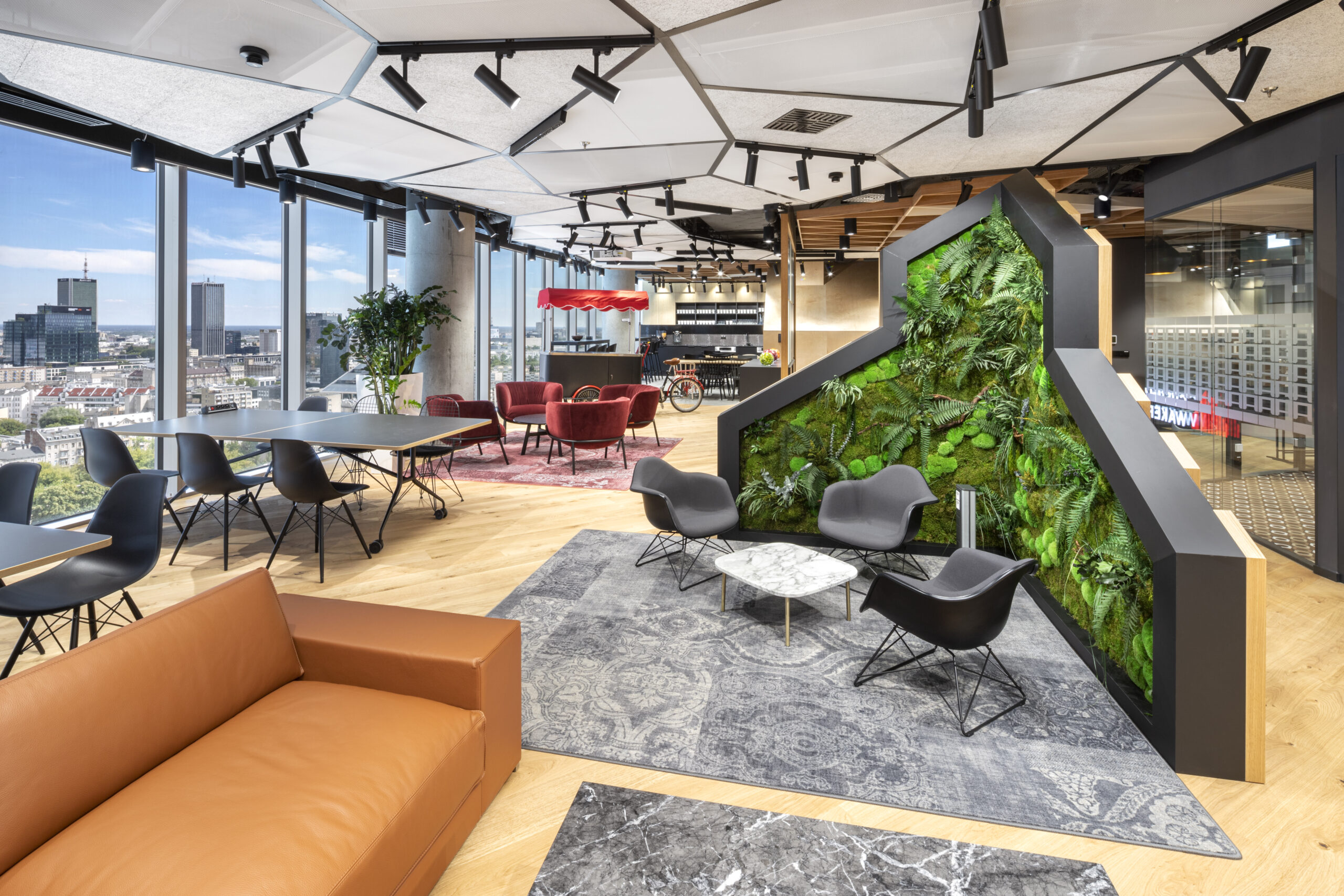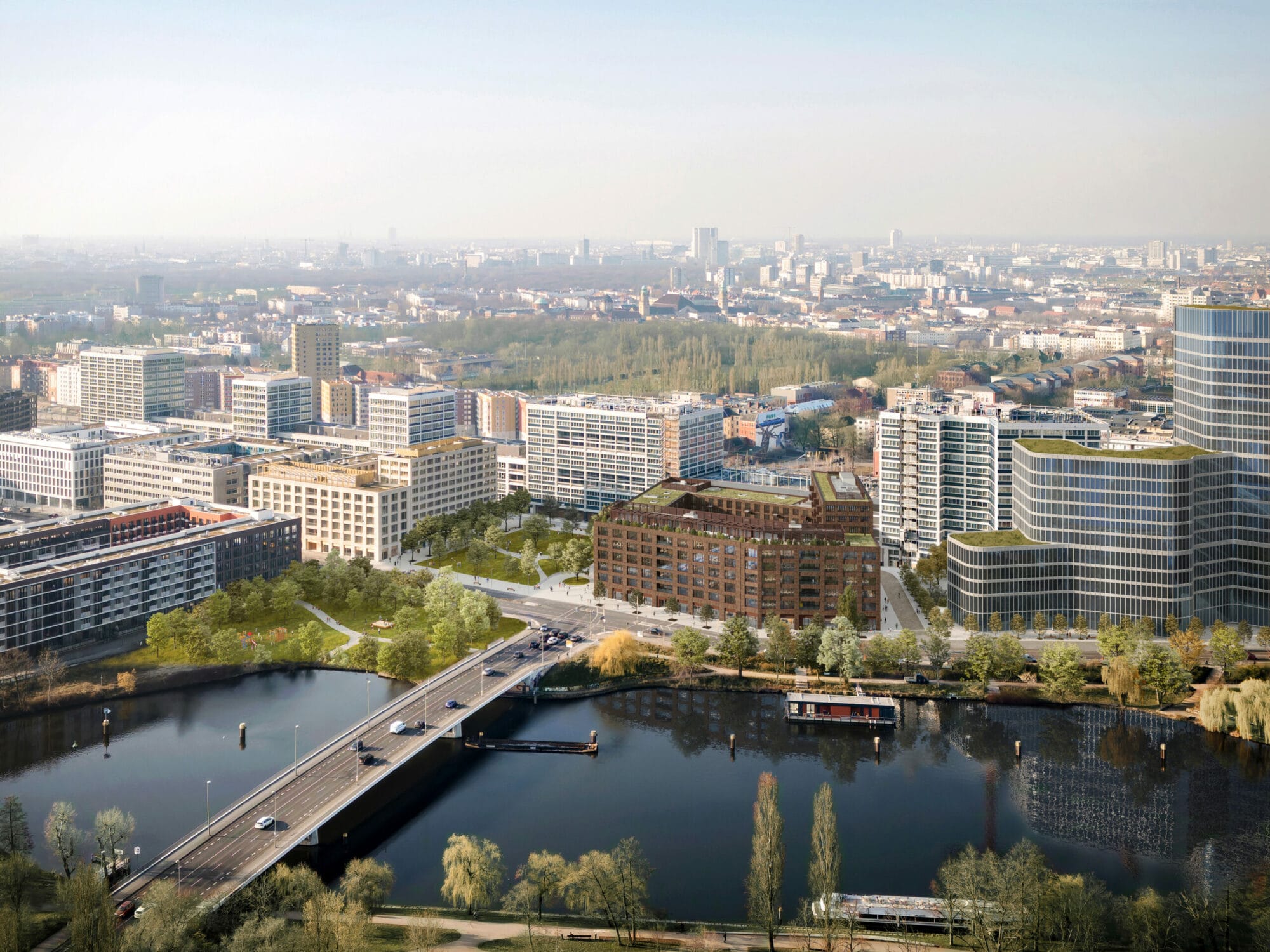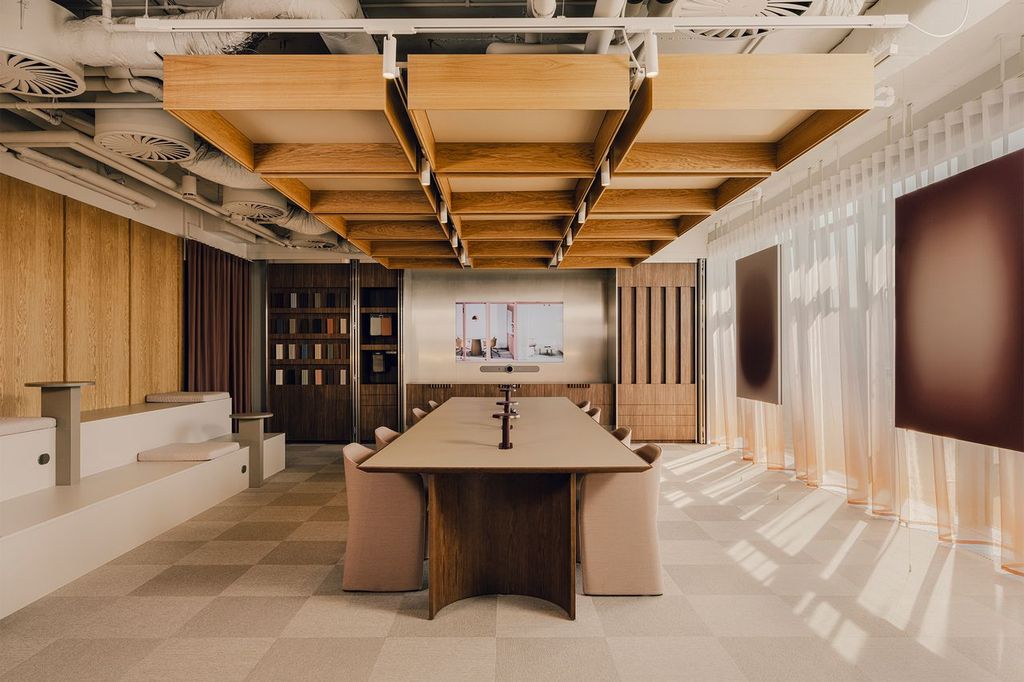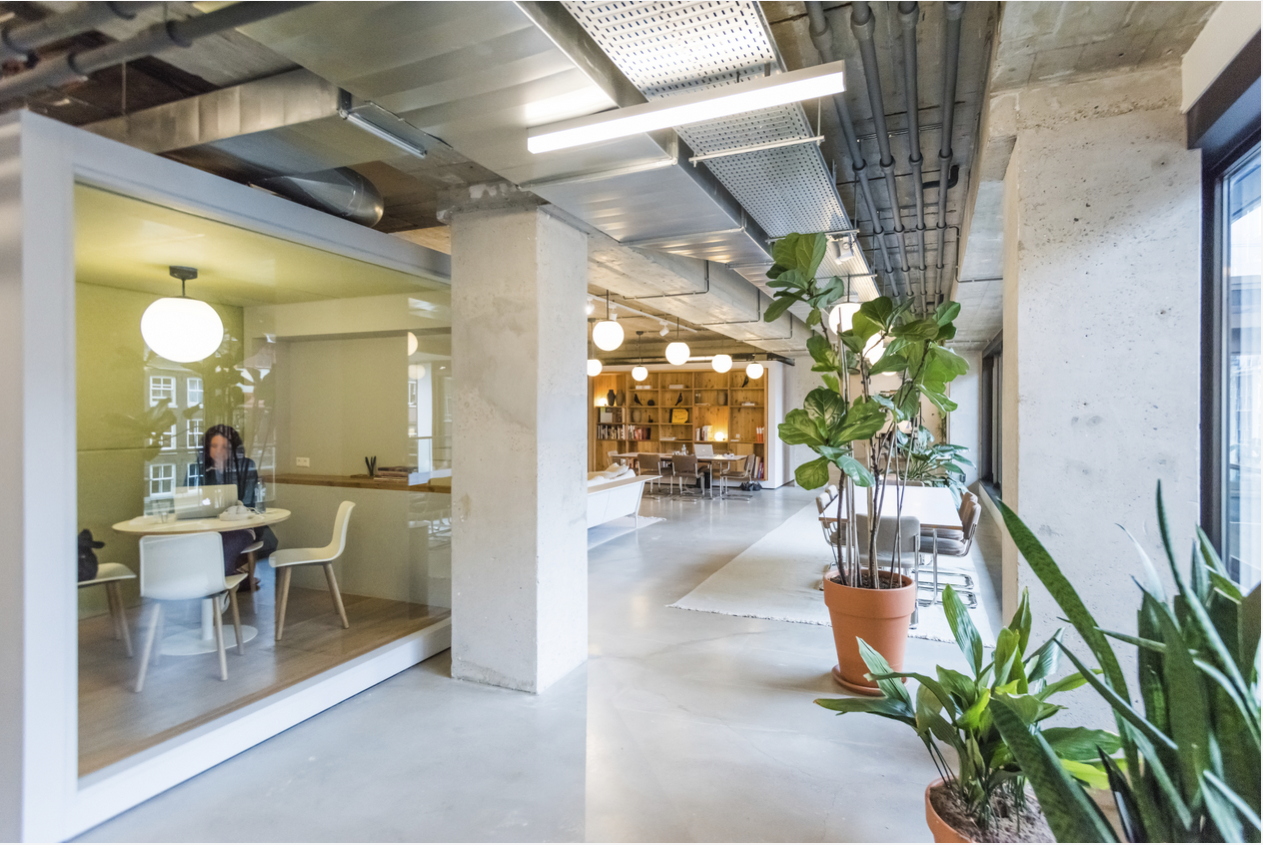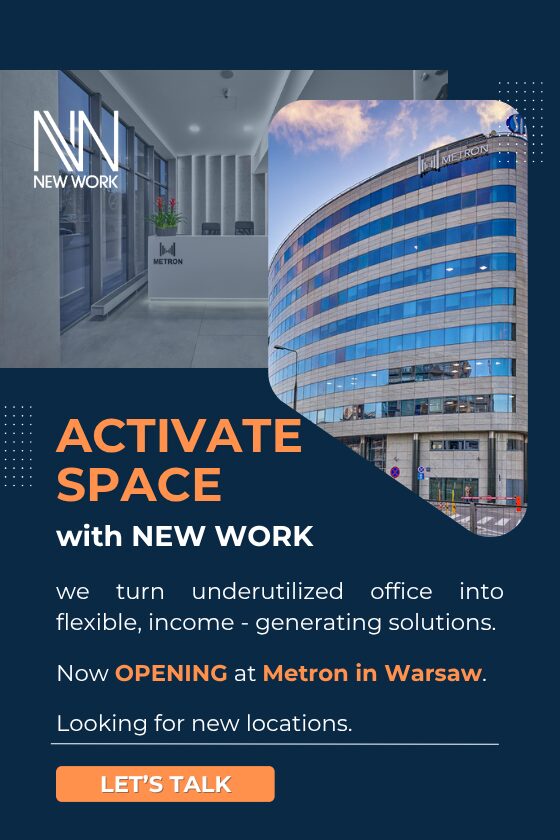Key UK and German cities top the list of the most expensive European regions to fit out an office as occupier expectations for their workplace continue to increase following the Covid-19 pandemic, according to new data from global real estate services firm Cushman & Wakefield.
Fit-out costs across Europe have risen by an average of 9 percent (in euro currency) over the last year with high-quality fit-outs now averaging €2,214 per sqm ‘all-in’*. While this represents a significant cost increase over the year, the increase is broadly in line with the peak rate of inflation encountered in the UK and euro area. In the Central and Eastern Europe (CEE) region, fit-out costs have risen by an average of 13 percent year on year, based on 15 percent in Poland, 12 percent in the Czech Republic, 10 percent in Slovakia and 15 percent in Hungary. As is the case across the eurozone, the rates for CEE are compounded by very high levels of inflation.
Cushman & Wakefield’s ‘European Office Fit Out Cost Guide’ covers 25 key cities across Europe and sets out average costs across a range of fit-out standards to help occupiers define office relocation budgets.
Table: Top 10 Most Expensive Locations for High-Quality Fit-Out Costs in Europe
| RANK |
COUNTRY |
CITY |
€ per sqm |
| 1 |
UK |
London |
3,790 |
| 2 |
UK |
Manchester |
3,174 |
| 3 |
UK |
Birmingham |
2,989 |
| 4 |
Germany |
Hamburg |
2,848 |
| 5 |
UK |
Glasgow |
2,835 |
| 6 |
Germany |
Munich |
2,757 |
| 7 |
Ireland |
Dublin |
2,750 |
| 8 |
Luxembourg |
Luxembourg |
2,750 |
| 9 |
Germany |
Frankfurt |
2,729 |
| 10 |
Germany |
Berlin |
2,645 |
Nic Wilkinson, Chair of Project & Development Services EMEA at Cushman & Wakefield, said: “Three years on from the COVID-19 pandemic, delivering office fit-outs that reflect current working strategies has never been higher up the agenda. Corporations are taking huge strides in advancing workplace strategies and the importance now placed on sustainability and DE&I criteria cannot be understated as more and more firms pivot towards accountable goals in this area. Together, this drives demand for best-in-class space of which there is a considerable lack of supply and sizable cost and logistical considerations.”
Over the past 12 months, the primary issue affecting fit-out costs has been surging inflation driven by significant supply-demand imbalances resulting from stressed supply chains, tight labour markets and the conflict in Ukraine.
In the CEE region, demand for fit-out works remains strong across the region’s capital cities and secondary cities where applicable. Prices, although up year on year, remain relatively stable following a period of volatility caused by the conflict in Ukraine. Lead times remain extended for certain products which means supply chain mapping, careful specification and local procurement where possible are recommended mitigation strategies.
User Expectations Transforming the Market
Cushman & Wakefield recently warned in its ‘Obsolescence = Opportunity: The next evolution of office space in Europe’ report that 76 percent of European office stock faces obsolescence by 2030 as a combination of changing work patterns, occupier demand, increasing legislative action from European governments around minimum sustainability standards, as well as an uncertain economic backdrop, sees stock misalign with demand.
Best in class fit outs, therefore, need to simultaneously consider five key factors:
- workplace strategy
- change management
- sustainability
- procurement
- technology
Andrew Frizell, Head of Project Management CEE at Cushman & Wakefield, said: “The short to medium-term perspective for the CEE region is interesting due to the aggressive rate of new development over the last two decades. This was required to cater for new demand and as part of the overall redevelopment of the region’s capital and secondary cities. However, this trend is likely to change in the face of legislative requirements on sustainability and global targets around carbon emissions reduction. Tenants are now likely to take less space but design and build it in a sustainable and responsible way to create a destination and feel-good place for employees. In CEE, this will likely mean a continuation of ‘new’ fit-outs as part of new, albeit reduced, supply, but also within existing stock as buildings are repurposed and repositioned.”
